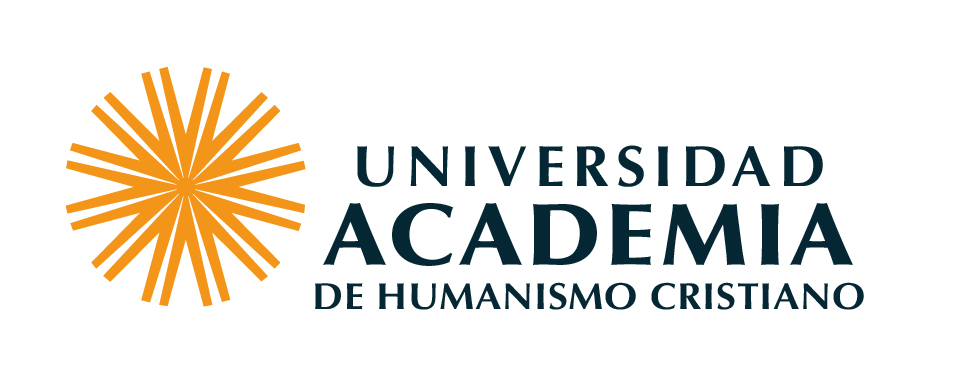Collaboration on display : a Yup´ik Eskimo exhibit at three national museums.
Material type: ArticlePublication details: Arlington American Antropological Association 1999Subject(s):
In:
American anthropologistSummary: In the following pages I describe what happens when an exhibit dense in local meanings enters the national arena. The Yup'ik mask exhibit Agayuliyararput (Our Way of Making Prayer) began as "visual repatriation"Ñbringing objects out of museums back into a local contextÑand ended as a tribal exhibit displayed in three very different majority institutions, including an American Indian museum, a natural history museum, and an art museum. The mask exhibit was developed as a three-way collaboration between Yup'ik community members, an anthropologist, and museum professionals. As it traveled farther from home, not only the objects but the process that produced the exhibit were differently presented. While majority institutions chase the language of collaboration, their institutional structures constrain how such collaborations are played out. For the "insider's perspective" of a locally grounded exhibit to survive, majority institutions must not only display the results of collaboration, but participate in the process.
ArticlePublication details: Arlington American Antropological Association 1999Subject(s):
In:
American anthropologistSummary: In the following pages I describe what happens when an exhibit dense in local meanings enters the national arena. The Yup'ik mask exhibit Agayuliyararput (Our Way of Making Prayer) began as "visual repatriation"Ñbringing objects out of museums back into a local contextÑand ended as a tribal exhibit displayed in three very different majority institutions, including an American Indian museum, a natural history museum, and an art museum. The mask exhibit was developed as a three-way collaboration between Yup'ik community members, an anthropologist, and museum professionals. As it traveled farther from home, not only the objects but the process that produced the exhibit were differently presented. While majority institutions chase the language of collaboration, their institutional structures constrain how such collaborations are played out. For the "insider's perspective" of a locally grounded exhibit to survive, majority institutions must not only display the results of collaboration, but participate in the process.
| Item type | Current library | Collection | Call number | Copy number | Status | Date due | Barcode | |
|---|---|---|---|---|---|---|---|---|
| Analítica de revista | Biblioteca Central Colección General | General | AM. ANTHROPOL.-02/99 (Browse shelf(Opens below)) | 1 | Available | FICTICIO157 |
En: American Anthropologist. -- Vol. 101 No. 2 (junio 1999), pp. 374-378. ISSN 00027294
In the following pages I describe what happens when an exhibit dense in local meanings enters the national arena. The Yup'ik mask exhibit Agayuliyararput (Our Way of Making Prayer) began as "visual repatriation"Ñbringing objects out of museums back into a local contextÑand ended as a tribal exhibit displayed in three very different majority institutions, including an American Indian museum, a natural history museum, and an art museum. The mask exhibit was developed as a three-way collaboration between Yup'ik community members, an anthropologist, and museum professionals. As it traveled farther from home, not only the objects but the process that produced the exhibit were differently presented. While majority institutions chase the language of collaboration, their institutional structures constrain how such collaborations are played out. For the "insider's perspective" of a locally grounded exhibit to survive, majority institutions must not only display the results of collaboration, but participate in the process.
There are no comments on this title.
